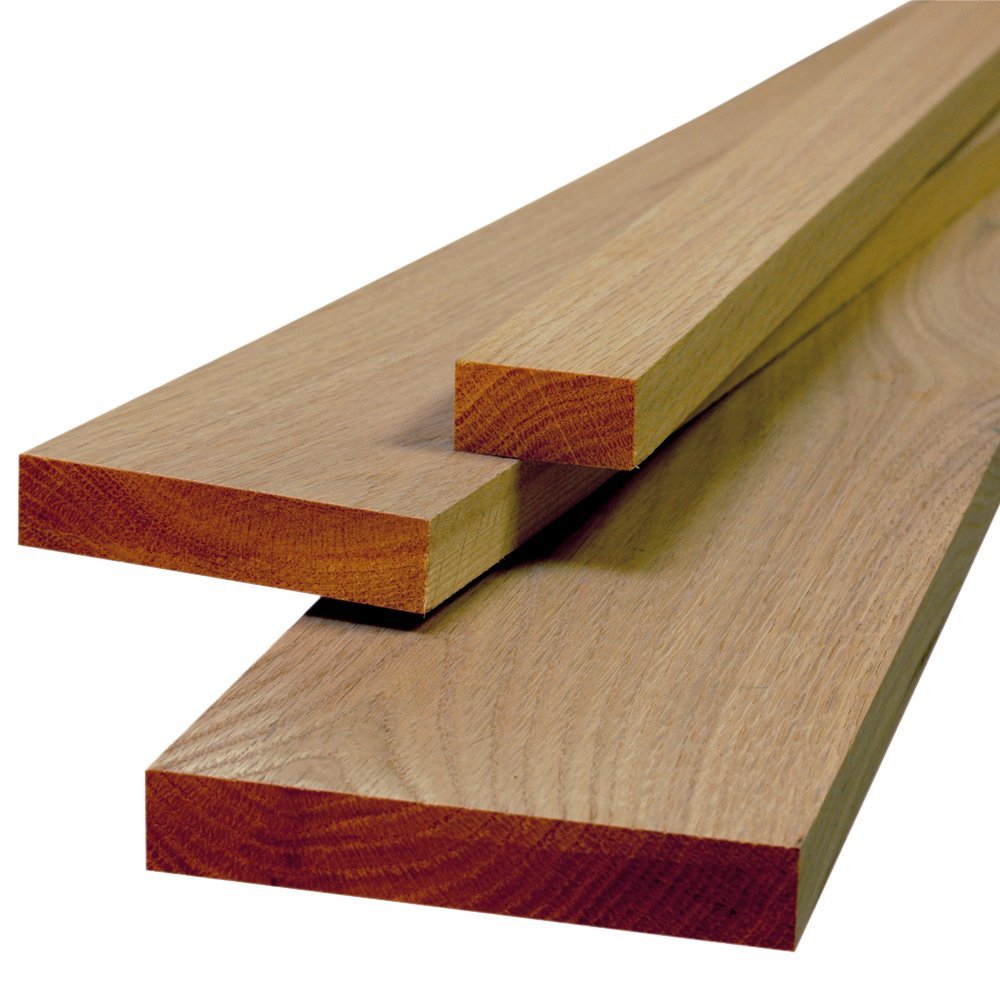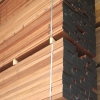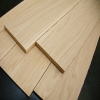Alternate common names
Biltmore ash, Biltmore white ash, cane ash, smallseed
white ash
Uses
White ash is a good tree for open areas such as parks and campuses; it also is used as a lawn, shade, and
street tree, even though its potential large size can make it incongruous with a small area. It is an erect,
graceful tree, often with bronze-purple fall foliage. It is easy to transplant and numerous cultivars have
been developed, including seedless (male) forms.
Other selections are based on yellow to orange and purple fall colors, persistence of leaves in the fall,
height, crown shape (broadly to narrowly oval) and density, growth vigor, and cold hardiness. White ash
also has been used in re-vegetating disturbed sites.

The wood of white ash is valued for its strength,hardness, heavy weight, and elasticity (shock
resistance). Native Americans appreciated its usefulness for tools and implements, and it is used
extensively today for tool handles. Its use in wooden baseball bats is famous. The wood is also used in
furniture, doors, veneer, antique vehicle parts, railroad cars and ties, canoe paddles, snowshoes,
boats, posts, ties, and fuel. White ash is the mostvaluable timber tree of the various ashes.
White ash was used by Native Americans for a variety of medicinal purposes: a decoction of the
leaves as a laxative and general tonic for women after childbirth; the seeds as an aphrodisiac, a diuretic, an appetite stimulant, a styptic, an emetic, and as a cure for fevers; and a bark tea for an itching scalp, lice,snakebite, and other sores. Juice from the leaves has been applied to mosquito bites for relief of swelling and itching.
White-tailed deer and cattle browse white ash and beaver, porcupine, and rabbits may eat the bark of
young trees. The seeds are eaten by wood duck, northern bobwhite, turkey, grouse, finches, grosbeaks, cardinals, fox squirrel, mice, and many other birds and small mammals. The tendency of white ash to form trunk cavities makes it valuable for cavity nesters such as redheaded, red-bellied, and pileated woodpeckers. Once primary nest excavators have opened up the bole, it is an excellent habitat for
secondary nesters such as wood ducks, owls, nuthatches, and gray squirrels.
Status
Please consult the PLANTS Web site and your State Department of Natural Resources for this plant’s
current status, such as, state noxious status and wetland indicator values.
Description
General: Olive family (Oleaceae). Native trees growing to 20-30 m tall, maintaining a central leader (strong apical dominance) in youth with an even distribution of branches, developing a dense, conical
or rounded crown at maturity. The trunk is long, straight, and free of branches for most of its length
(except when open grown). The bark is thick, dark gray, with a uniform, diamond-shaped ridge and furrow pattern. Leaves are deciduous, opposite, pinnately compound, 20-38 cm long, leaflets usually
7(5-9), short-stalked, ovate to ovate-lanceolate or elliptic, acuminate, 6-13 cm long and 3-6 cm wide,
sometimes with a few teeth near the tip, dark green and smooth above, whitish below. Flowers are
numerous, very small, green to purplish, in small branched clusters near the branch tips, usually either
male (staminate) or female (pistillate), a single treeusually bearing only one sex (the species dioecious).
Fruits are samaras 2.5-5 cm long, hanging in clusters, with a narrow wing extending about 1/3-1/4 of the
way down the cylindrical body. The common name is in reference to the white color of the wood.
This species flowers in April-May, the male first, before appearance of the leaves; fruiting AugustOctober, the seeds dispersed September-November.
Distribution
White ash grows over most of eastern North America, absent only from the outer Atlantic and Gulf coastal plains. It occurs from Nova Scotia west to eastern Minnesota and south to Texas and northern
Florida, northward barely into southern Quebec and Ontario. It is cultivated in Hawaii. For current
distribution, please consult the Plant Profile page for this species on the PLANTS Web site.
Establishment
Adaptation: White ash grows best on deep, welldrained, moist soils with other hardwoods at elevations of about 0-1050 meters. It rarely forms pure stands. It occurs on middle slopes in the Northeast, on slightly elevated ridges in the floodplains of major streams in the coastal plain, and on slopes along major streams in the central states.
Primary associates are eastern white pine, northern red oak, white oak, sugar maple, red maple, yellow
birch, American beech, black cherry, eastern hemlock, and yellow poplar.
White ash is primarily characteristic of early and intermediate stages of succession. The seedlings are
shade tolerant but can also establish in full sun.




